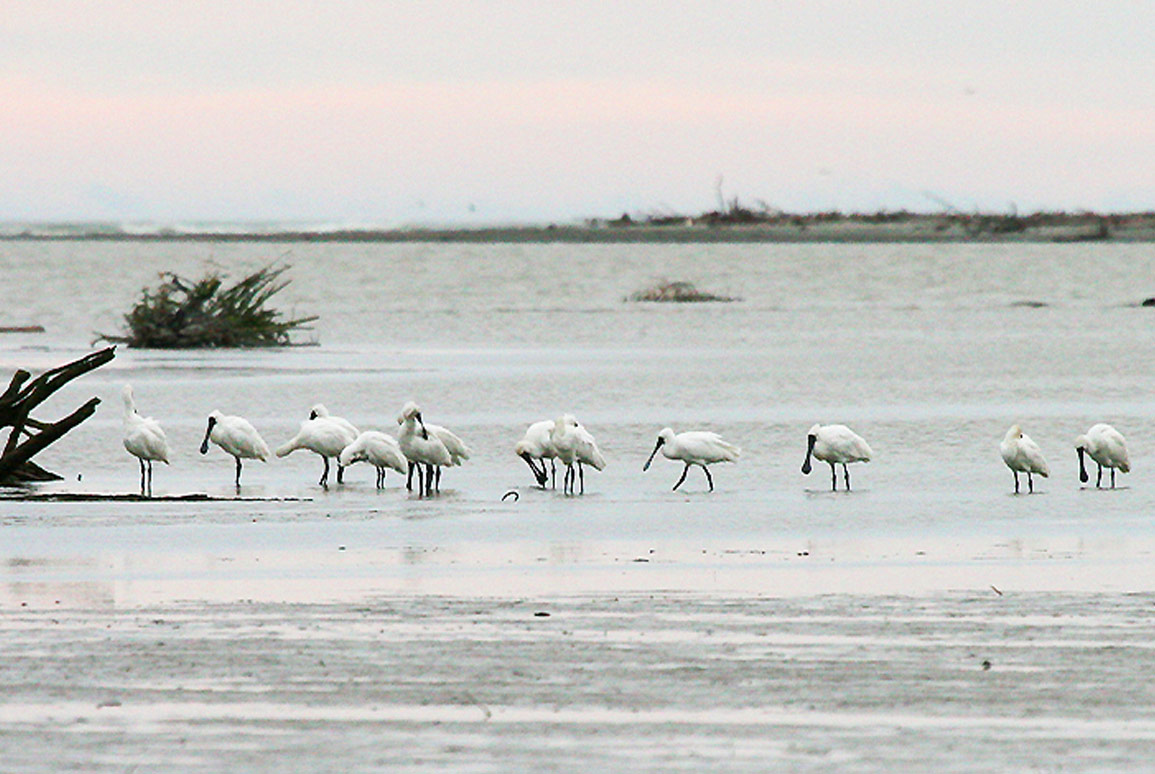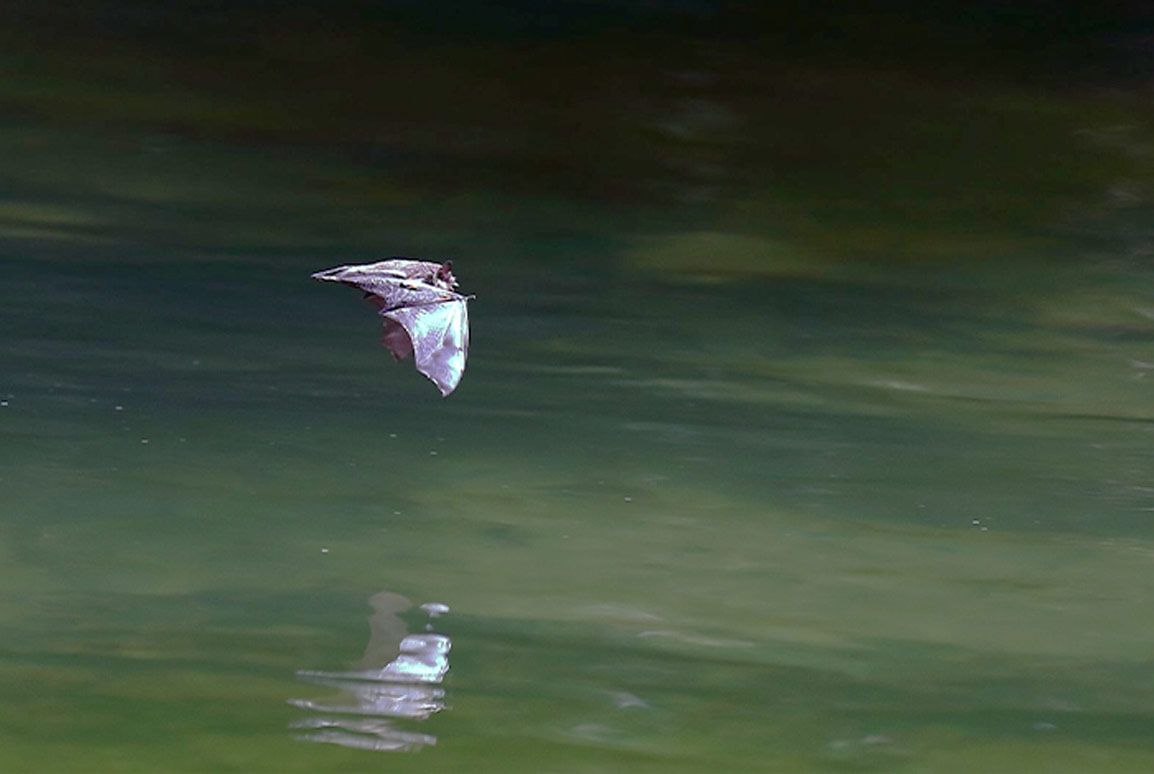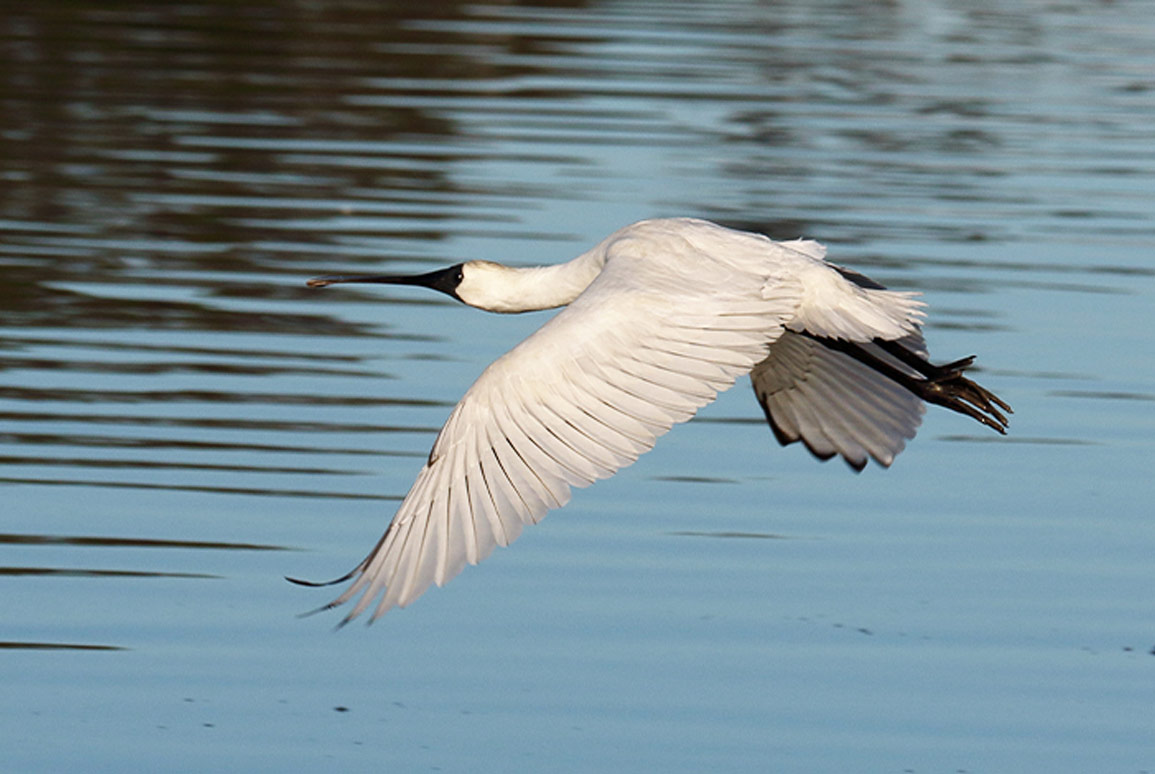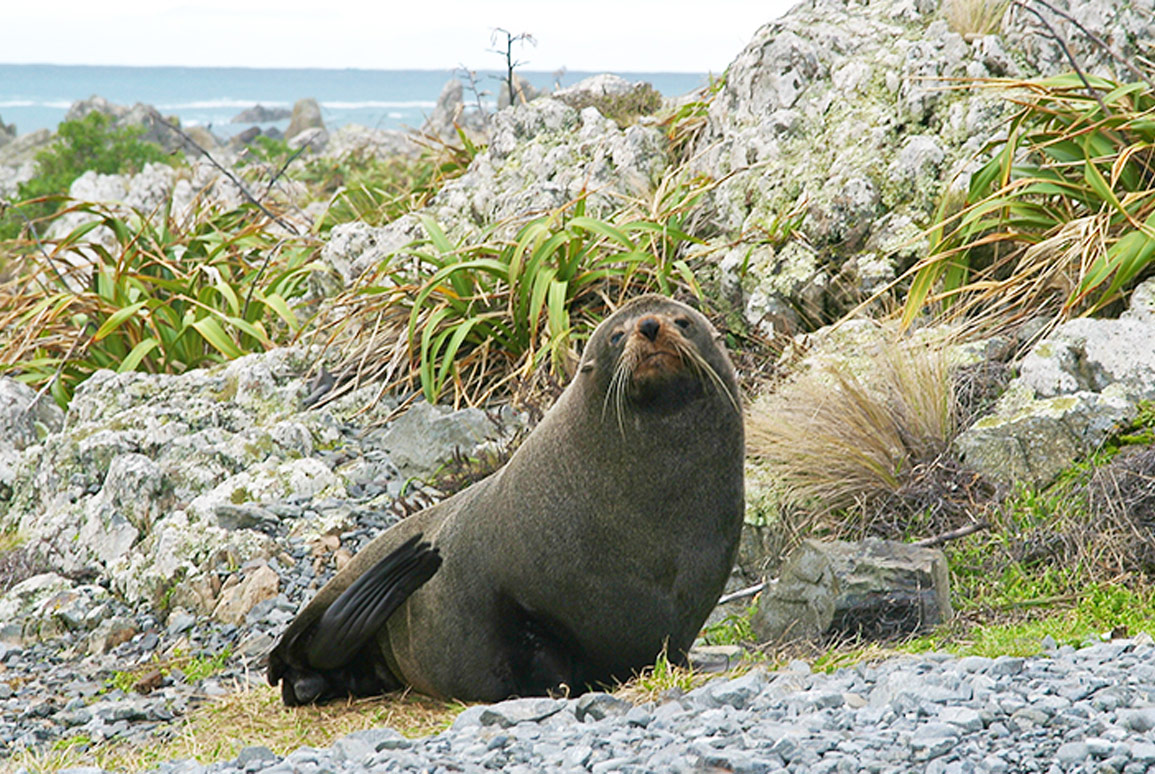Managing mobile fauna: are we heading in the right direction?
10 August 2022
Ecologist Andrew Blayney sees a disconnect between a fragmented legislative framework of protections and the real-life behaviour of migratory species.

As winter comes to an end, New Zealand will welcome migratory Arctic wader birds back to our harbours and estuaries. The most numerous of those is the eastern bar-tailed godwit (Limosa lapponica baueri), which will cross the Pacific Ocean non-stop from Alaska to New Zealand — a distance that has earned one individual (named “E7”) the record for the longest non-stop migratory flight recorded of 11,680 km.
These birds will stay in New Zealand over the summer to feed before embarking on the mammoth return journey, with a refuelling stop on the extensive mudflats on the shores of the Yellow Sea, to breeding grounds in the Arctic tundra of Alaska. While this intrepid journey is at the extreme end, the fact that some species are highly mobile and utilise large areas of the landscape is not unusual.
New Zealand’s birds, fish, bats, turtles, whales and dolphins, and seals and sea lions range widely during their lifecycles. For some species, this involves seasonal migrations within New Zealand: the wrybill (Anarhynchus frontalis) moves from its southern breeding grounds to winter in the North Island. For others, like little penguins (Eudyptula minor) during breeding season and long-tailed bats (Chalinolobus tuberculatus) throughout the year, foraging routines may take them 20km or more from their roosts to feed — quite a feat for our smallest penguin (approximately 1 kg) and a bat weighing about 10 g (or a 1/4 of the weight of your average house mouse).
Managing highly mobile fauna and assessing effects on them has become a topical issue for many development sectors including housing and urban development; the energy sector; and for many roading projects. As we learn more about the distribution of these species and their interaction with many of our peri-urban / suburban landscapes and over large areas of our rural landscape, we need meaningful strategies and protections to enable appropriate consideration of the effects of development in these areas on these species.

The propensity of many animals to range widely and use a multitude of different habitats throughout their lifecycles presents a challenging prospect for both gathering information on and protecting highly mobile species. While individuals of many of these migratory species are protected under the Wildlife Act (1953), which is currently under review; the fact that these species use geographically spread habitats presents something of a conflict with current policy and protections, as regional and district plans focus on the protection of discrete patches of habitat, such as significant natural areas (SNAs).
This fragmented legislative framework of protections presents a challenge in the management of these mobile species; and their migratory and foraging habits means assessing how (or if?) they are affected by development and land-use change can also be problematic. Questions are raised, like:
- “What are the effects of modifying this patch in the landscape they utilise?”
- “Is it habitat to this species?”
- “What importance to the species does this specific location have?”
- “How might the proposed land-use changes impact the species patterns of use?”
- “Does this effect threaten the population?” and
- “What is the potential for unexpected flow-on effects on the wide-ranging species?”
These questions are often difficult to answer due to the lack of available data and information on the relevant species, and often disparate rules and legislation protecting their habitats across the country.
The recently released exposure draft of the National Policy Statement for Indigenous Biodiversity (NPS-IB) proposes specific policy to protect highly mobile fauna. This draft NPS-IB also includes a list of such species; although, despite the policy specifically including highly mobile fauna that use coastal marine areas or water bodies for part of their life cycle, seabirds are conspicuously absent — even though many seabird species also traverse across and breed on mainland New Zealand or the offshore islands.
Proposed requirements of the draft NPS-IB include: the need for regional councils to record areas outside of SNAs that are habitats for highly mobile fauna (although the NPS-IB doesn’t define how this is determined); the need for local authorities to include objectives and policies for managing the effects of development on highly mobile fauna in policy statements; and for local authorities to provide information to communities about specified highly mobile fauna and the best practice for managing adverse effects of their habitats.
These proposed changes in the NPS-IB are a proactive step towards resolving the disparity between protecting discrete habitat areas and the use of entire landscapes by highly mobile fauna. However, there remains an area-centric view, albeit at a more appropriate scale than the status quo.

Highly mobile fauna do not operate neatly within regional, district or even national boundaries. The regional-centric approach proposed in the draft NPS-IB may remain a challenge to the effective management of species that range far beyond regional boundaries.
The draft NPS-IB also presents a disconnect between the highly mobile fauna issue and the criteria for identifying SNAs. These criteria do not respond to the issue of highly mobile fauna, creating uncertainty for how these species should be managed. An area that provides habitat for an indigenous species that is Threatened or At Risk (Declining) would meet at least one of the criteria for identifying a SNA. When all of the highly mobile species identified in the draft NPS-IB are Threatened or At Risk, the complication of defining a highly mobile species area or an SNA, and the distinction between the two, seems to be entirely unresolved.
An approach that focuses on spatial areas misses the mark by trying to simplify the management of species that have inherently complex patterns of habitat use over whole regions and, in many cases, nationally and internationally. Protection of these species needs to be at appropriate scales for each species that responds to their life histories and use of habitats rather than to ecologically arbitrary lines of district and regional boundaries.
Connectivity of habitats, protection of matrices of habitats, and managing cumulative effects at these appropriate scales needs to be better considered to ensure areas for highly mobile fauna are better understood and protected. A national level approach to highly mobile species conservation would therefore be a better starting point for responding to the unique issues faced by these species.
Find out more
Ecological Connectivity Strategies
Going the extra mile: migratory birds in New Zealand
For further information please contact Andrew Blayney


